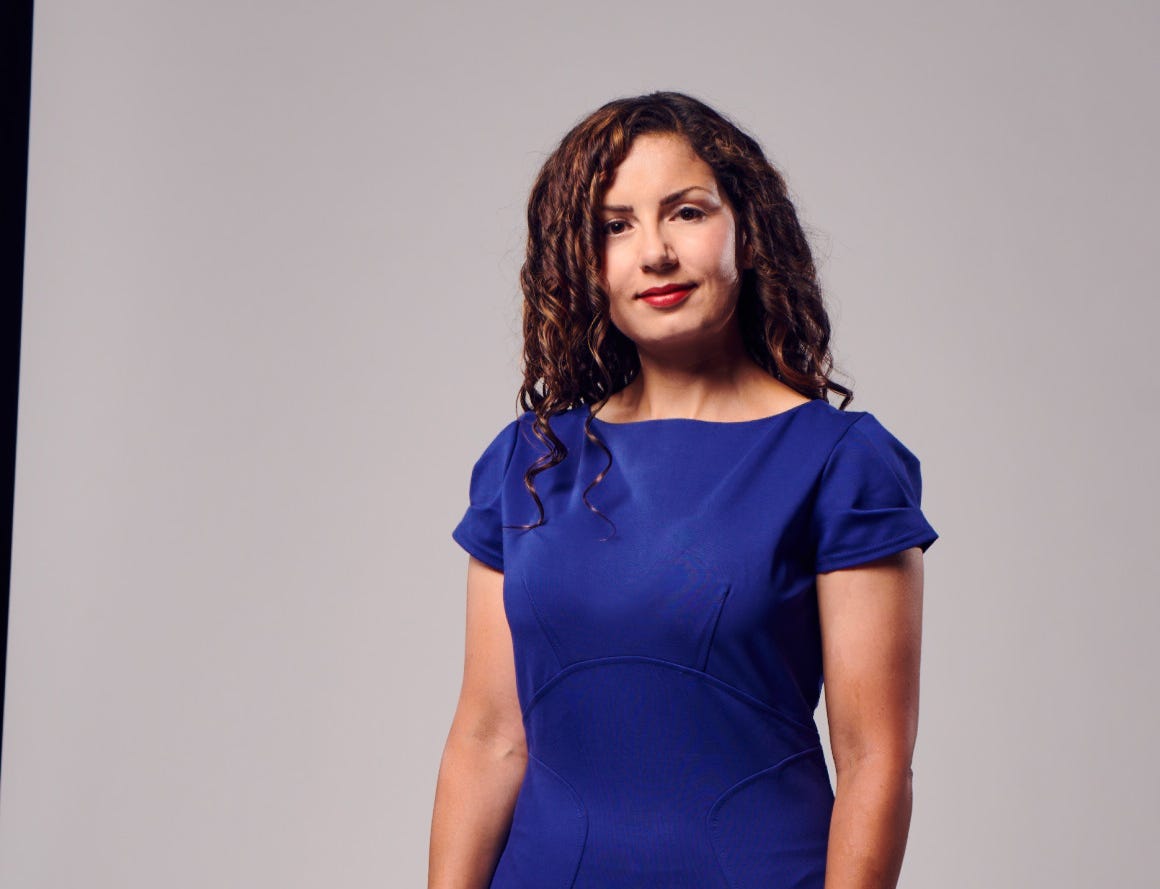Sherrie Edgar: “We are more than just white and black – we are both, or more”
The artist on historical legacies, learning to express her mixedness and how art pushes the conversation forwards
Hi, welcome back to Mixed Messages! This week I’m speaking to artist Sherrie Edgar, who is of mixed South Asian, Dutch and Irish heritage. Sherrie is another member of Mixed Rage Collective, whose Unapologetically Other exhibition is showing at Birmingham’s Midlands Arts Centre. Sherrie’s awareness of the context around mixed families was fascinating, s…


